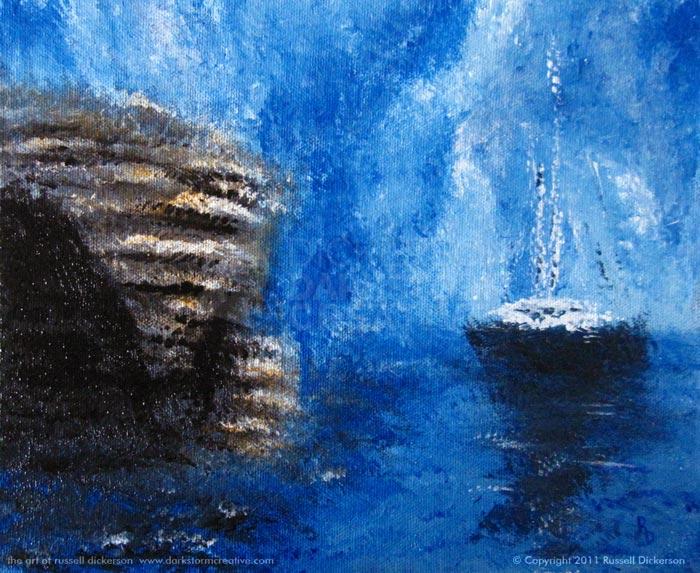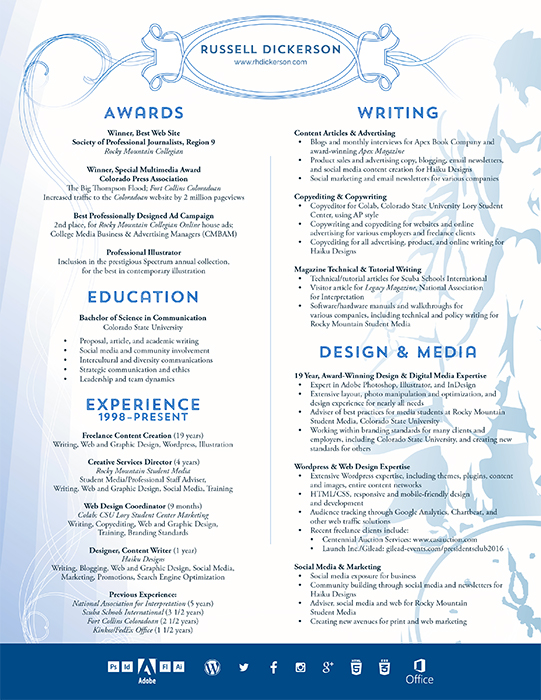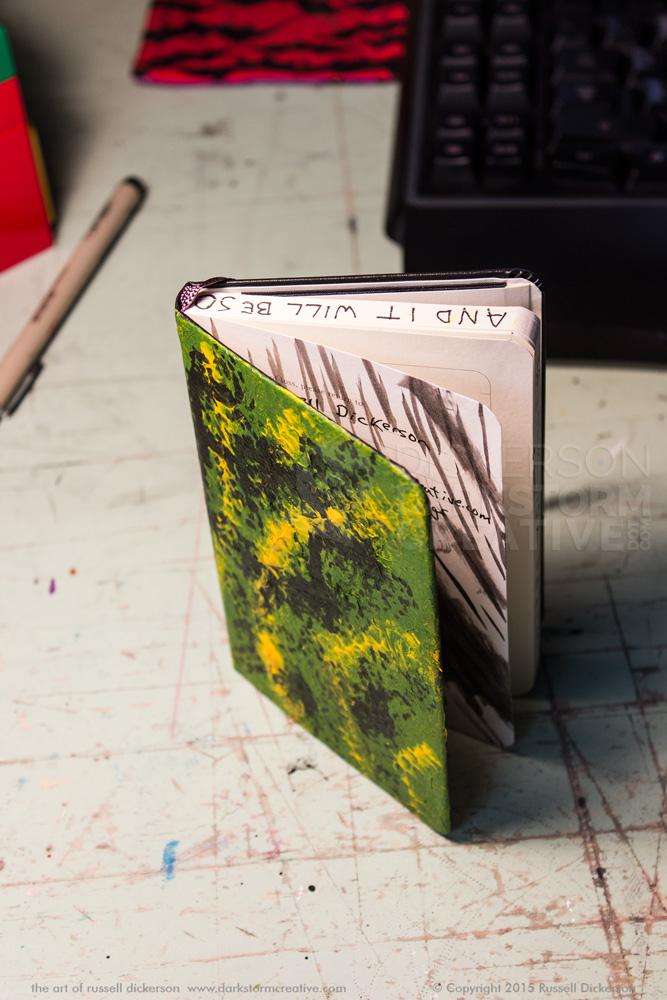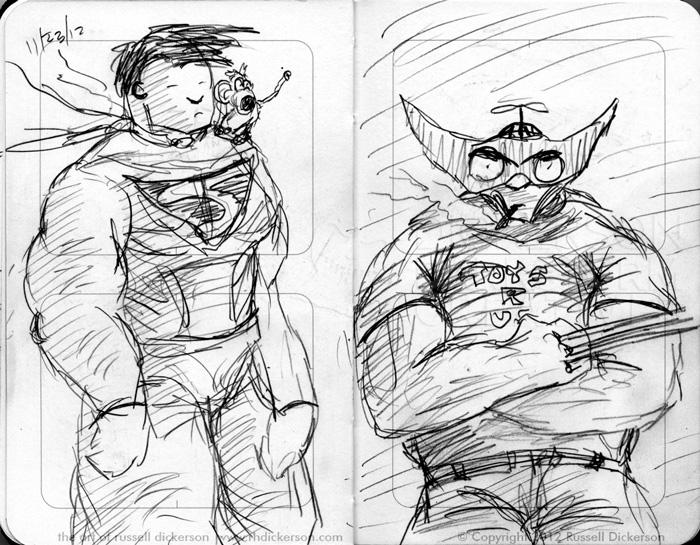Being an artist, to me anyway, involves taking chances. Though I value consistency, there’s something to be said for experimentation.
Experimenting with techniques and styles gives me a chance to explore areas I haven’t tried before, and really challenge the concepts of art. Not just in how I make things look, but the difference in procedures as well. To tread on unfamiliar ground, and attempt to survive it, is how I grow as an artist (and a person).
Case in point, my new piece below. I wanted to give a gift to the clients that commissioned me for my large acrylic painting, Selene at Bonifacio (see it here), and I thought a small painting of a similar idea would be a good. I didn’t just want to copy the other one though, and I decided to try a different approach altogether.
Here is my new painting, Selene, Mediterranean.
I kept the high influence of blue in the piece, as well as the idea of the cliffs and the ship. But from there, I took off in a different direction. Instead of an attempt at details, and the fine illustrative ideas I had with the other painting, this one I decided to keep very loose in the brushstrokes.
By staying so loose, the image took on an entirely different feel than the other painting. I like to think that I was channeling my inner J.M.W. Turner (see one of his here), though not as “fiery”. My intent is that the viewer is drawn into it, that they might recognize areas but not be so beholden to them.
It’s a bit of a trick really, to give the hint of something but not really show it. The ship has masts, but they are broken lines and quite loose. The layered cliffs of the Corsican coasts are evident in the painting, but they are less defined. The cave/grotto is apparent, but even it has a looseness to it.
Whether the loose strokes I’ve used here work or not is, ultimately, up to the viewer. From this artist’s side, I consider it a successful experiment, full of ideas that I can explore more with newer pieces.
Opinions?



